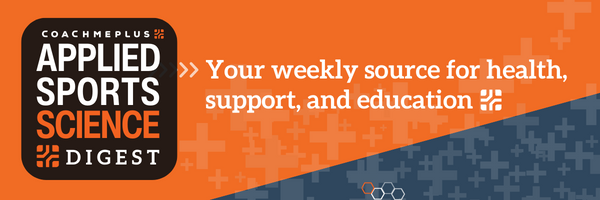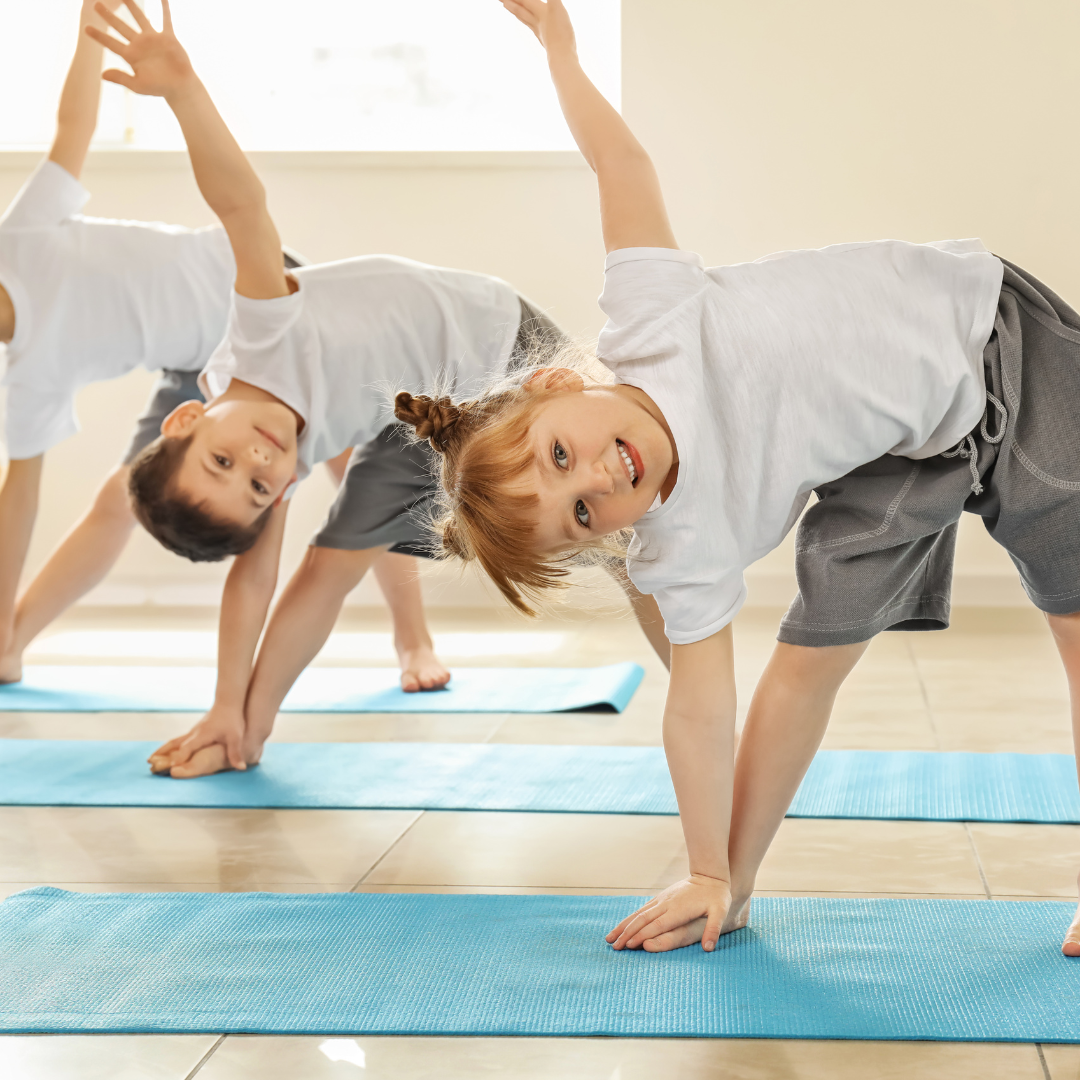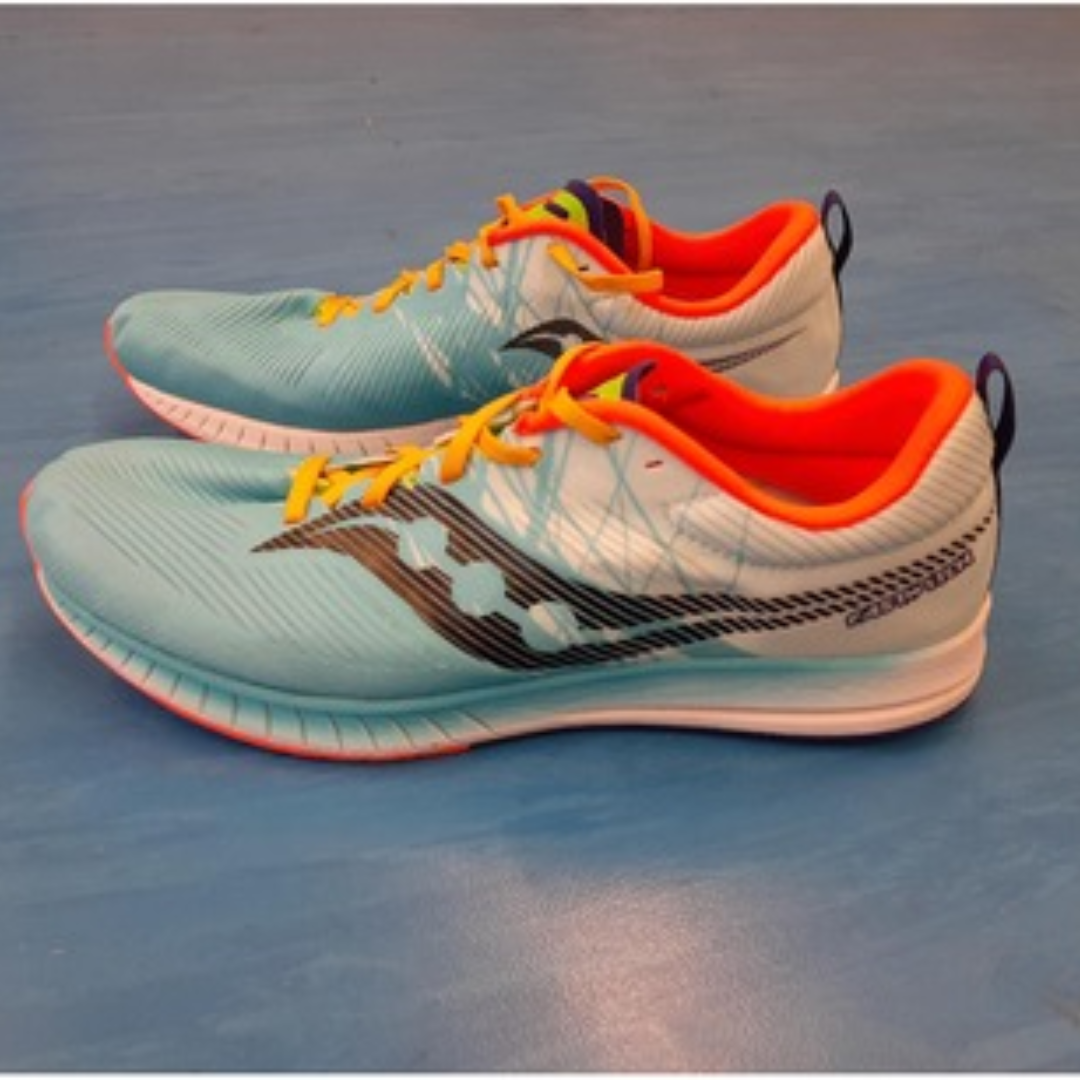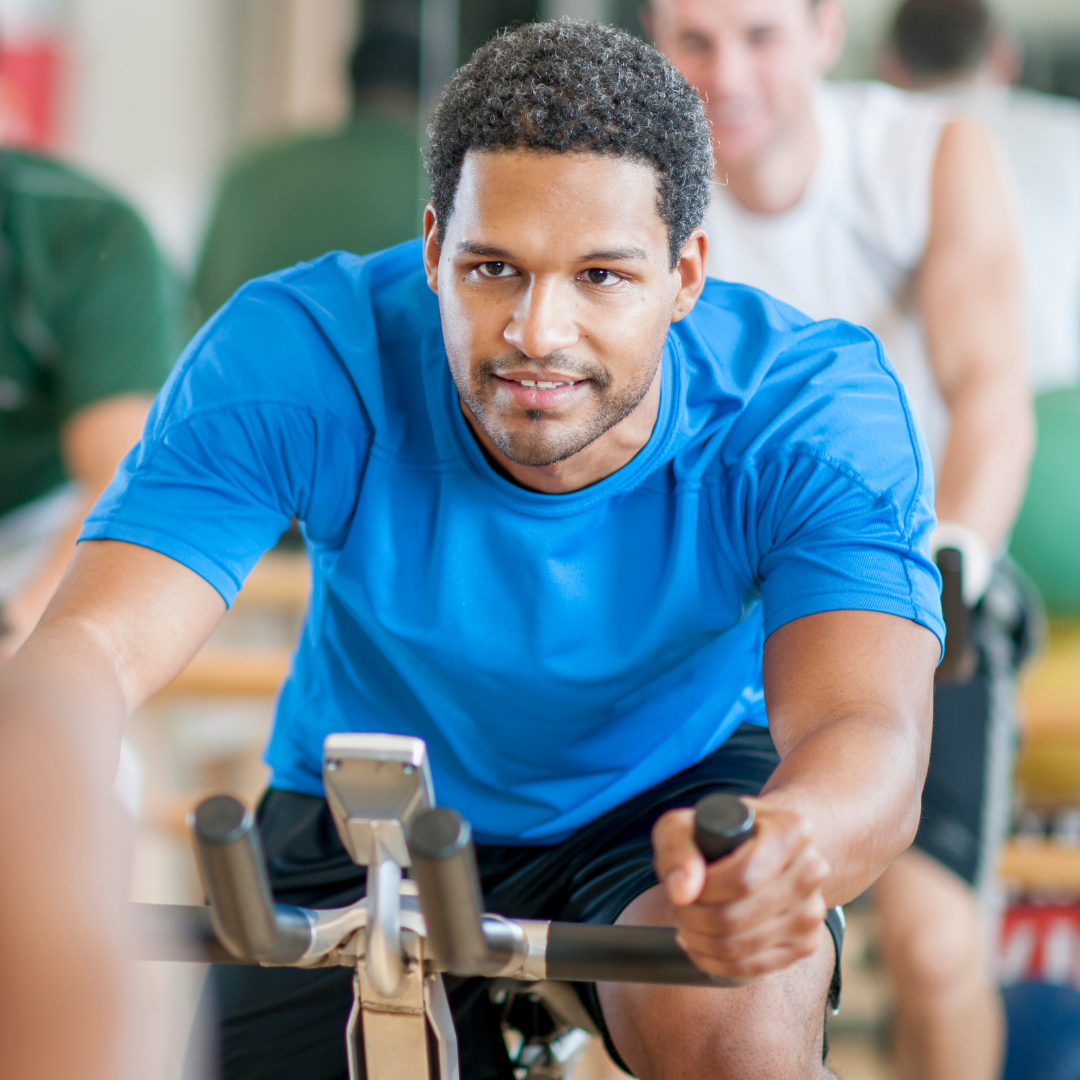Weekly Newsletter
Curated articles every weekApplied Sports Science Weekly Digest #346


Frontiers in Sports and Active Living | April 2024
Temporary meniscus extrusion is caused by cumulative stress from uphill and downhill tasks in healthy volunteers
“Temporary extrusion of the meniscus occurred after uphill/downhill tasks in healthy volunteers, and its reaction was observed only in the medial meniscus.“

Frontiers in Sports and Active Living | April 2024
A comparative analysis of movement and physical activity in early childhood teacher education policy in five Nordic countries
“The findings emphasize the necessity of independent and mandatory MoPA courses, integration of MoPA into internships and promoting networks across the educational and academic sectors to equip future early childhood educators with competencies for fostering physical activity, motor development and children’s well-being.“

Frontiers in Sports and Active Living | April 2024
The associations of daily steps and body mass index with incident gastroesophageal reflux disease in older adults
“Higher daily steps were associated with a lower risk of GERD in older adults, independent of BMI.“

Frontiers in Sports and Active Living | April 2024
Acute physiological, biomechanical, and perceptual responses of runners wearing downward-curved carbon fiber insoles
“Wearing carbon fiber insoles with downwards curvature during treadmill running is not beneficial when compared to running with control insoles.“

Frontiers in Sports and Active Living | April 2024
Lifestyle behavior of physiotherapy students from Ecuador upon admission to higher education: a cross-sectional study
“Our study showed that upon admission to university, overall adherence to the 24-hour movement guidelines is low among university students.“
Newsletter History
Applied Sports Science Weekly Digest #302
Frontiers in Sports and Active Living | June 2023Augmented-reality swim goggles accurately and reliably measure swim performance metrics in recreational swimmers"The FORM Goggles were found valid and reliable for the tracking of pool length time, pool length...
Applied Sports Science Weekly Digest #301
Frontiers in Sports and Active Living | May 2023“Where was this when I was in Physical Education?” Physical literacy enriched pedagogy in a quality physical education context"The themes that emerged and subsequent insight gained from teachers went beyond existing...
Applied Sports Science Weekly Digest #300
Frontiers in Sports and Active Living | May 2023Plantar pressure is changed to increase post-impact ball speed during longline forehand and backhand groundstroke in elite female tennis players"The significantly varying plantar pressure changes...
Research Articles
Suggested articles for further readingBODY COMPOSITION
Jackson, A and Pollock, M. Generalized equations for predicting body density of men. British Journal of Nutrition. 1978;40:497-504. Abstract
Siri, W. Body composition from fluid space and density. Brozek & A. Hanschel (Eds.), Techniques for measuring body composition. 1961;223-244. Abstract
Brozek, J, Grande, F, Anderson, J, and Keys, A. Densitometric analysis of body composition: Revision of some quantitative assumptions. Annals of the New York Academy of Sciences. 1963;110:113-140. Abstract
INJURY PREVENTION IN YOUTH ATHLETES
Chu, D., A. Faigenbaum, and J. Falkel. Progressive Polymetrics for Kids. Monterey, CA: Healthy Learning. 2006
Hewett, T. G. Myer, and K. Ford. Reducing knee and anterior cruciate ligament injuries among female athletes. J Knee Surg 18:82-88. 2005.
Micheli, L. Preventing injuries in sports: What the team physician needs to know. In: F.I.M.S. Team Physician Manual, 2nd ed., K. Chan, L. Micheli, A. Smith, C. Rolf, N. Bachl, W. Frontera, and T. Alenabi, eds. Hong Kong: CD Concept. 2006. pp. 555-572.
RPE (RATING OF PERCEIVED EXERTION)
Pandolf, K, Billings, D, Drolet, L, Pimental, N, and Sawka, M. Differentiated ratings of perceived exertion and various physiological responses during prolonged upper and lower body exercise. European Journal of Applied Physiology and Occupational Physiology. 1984;53:5-11. Abstract
Baden, D, McLean, T, Tucker, R, Noakes, T, and St Clair Gibson, A. Effect of anticipation during unknown or unexpected exercise duration on rating of perceived exertion, affect, and physiological function. J Sports Med. 2005;39:742-746. Abstract
SLEEP
For a more thorough list about sleep, check out Fatigue Science’s extensive research page.
Russel, C., PhD, J.A., PhD, Arand, D., PhD, Myers, L.J., PhD, Wubbels, P., BS, and Downs, H., PhD. Validation of the Fatigue Science Readiband™ Actigraph and Associated Sleep/Wake Classification Algorithms. Archinoetics, LLC.
Globe and Mail. The Globe and Mail, 31 Dec. 2014. Web. 13 Apr. 2015. Article
Mah CD; Mah KE; Kezirian EJ; Dement WC. The effects of sleep extension on the athletic performance of collegiate basketball players. SLEEP 2011;34(7):943-950.
GPS (GLOBAL POSITIONING SYSTEM)
Varley M, Fairweather I and Aughey R. Validity and reliability of GPS for measuring instantaneous velocity during acceleration, deceleration and constant motion. Journal of Sports Sciences. 2012;30(2):121-127. Abstract
Boyd L, Ball K and Aughey R. Quantifying external load in Australian football matches and training using accelerometers. I J Sports Phys and Perf. 2013;8(1):44-51. Abstract
Gabbett T. Quantifying the physical demands of collision sports; does microsensor technology measure what it claims to measure? J Strength and Conditioning Research. 2013;27(8):2319-2322. Abstract
HYDRATION
For a thorough list of publications about hydration, visit the Gatorade Sports Science Institute Publications page.
Osterberg, K, Horswill, C, and Baker, L. Pregame urine specific gravity and fluid intake by National Basketball Association players during competition. Journal of Athletic Training – J ATHL TRAINING. 2009 01-02;44(1):53-7. Abstract
Godek, S, Peduzzi, C, Burkholder, R, Condon, S, Dorshimer, G, and Bartolozzi, A. Sweat rates, sweat sodium concentrations, and sodium losses in 3 groups of professional football players. Journal of Athletic Training. 2010 Jul-Aug; 45(4): 364–371. Abstract
WELLNESS QUESTIONNAIRE
Hooper, S, Mackinnon, L. Monitoring overtraining in athletes: recommendations. Sports Med. 1995;20(5):321–327.
McLean, B, Coutts, A, Kelly, V, McGuigan, M, and Cormack, S. Neuromuscular, endocrine, and perceptual fatigue responses during different length between-match microcycles in professional rugby league players. International Journal of Sports Physiology and Performance. 2010;5:367-383. Abstract
HRV (HEART RATE VARIABILITY)
Holman, A and Ng, E. Heart rate variability predicts anti-tumor necrosis factor therapy response for inflammatory arthritis. Auton Neurosci. 2008;143:58-67. Abstract
Fomin, R and Nasedkin, V. Effective management of athlete preparation: a comprehensive approach to monitoring of athlete’s individual readiness. White paper, Omegawave, ePub. 2013.
FORCE PLATE
Linthorne, N. Analysis of standing vertical jumps using a force platform. American Journal of Physics. 2001. Abstract
Guillaume L, Wagner P, and Tombleson T. Countermovement jump height: gender and sport-specific differences in the force-time variables. Journal of Strength and Conditioning Research. 2013. Abstract
ithlete. Guide to training with heart rate variability (HRV). HRV Fit Ltd. 2012. Download
